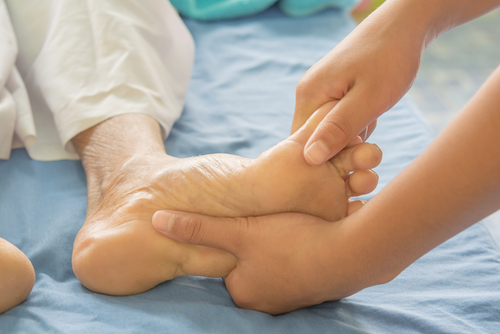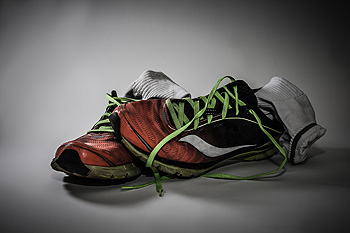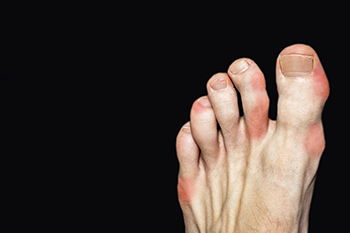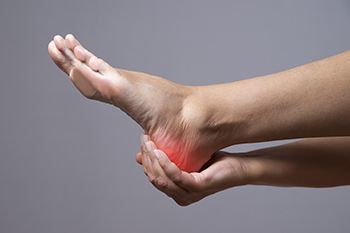
The practice of reflexology uses pressure points on various parts of the body. The feet have over 15,000 nerves, and this is what makes the feet ticklish and sensitive when touched. The central nervous system is connected to the brain and spinal cord, and research has shown that signals are sent to the organs. Since there are pressure points on the feet that are linked to specific organs, touching the feet may bring an overall feeling of well-being to the body. Interesting connection points include part of the ball of the foot that corresponds to the shoulder, and the digestive organs are linked to the arch in the foot. Additionally, the reproductive system may correlate to the points in the heels and ankles. There are many reasons why people prefer reflexology as a successful type of foot therapy. If you would like to learn more about how to perform this, please confer with a chiropodist who can answer any questions you may have.
If you have sore feet or are recovering from an injury, then you may need foot therapy. For more information about foot therapy, please consult with one of the chiropodists from The Footcare Centre. Our chiropodists can help you maintain the health of your lower limbs and your mobility.
Physical therapy is often helpful for those who suffer from foot pain or injury, and may include:
Stretching - Increases the feet’s flexibility and mobility
Strengthening Exercises - Help muscles in the injured area build strength
Massage - Activates and relaxes muscles
Physical therapy can optimize healing and increase one’s chances of full recovery following an injury. If you have any questions, please feel free to contact our office located in . We offer the newest diagnostic and treatment technologies for all your foot care needs.









